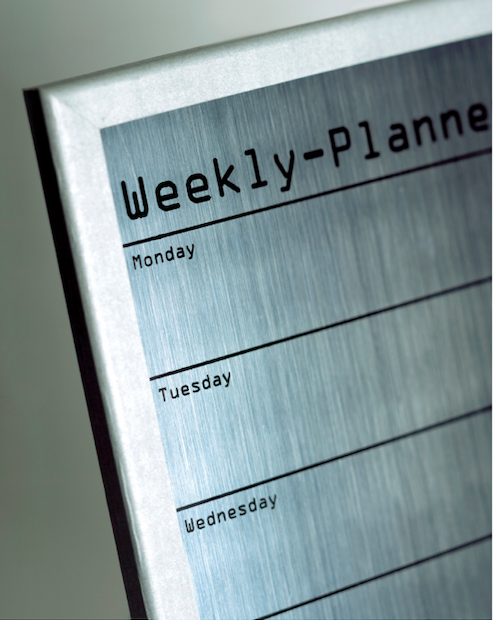
Physical Activity
The Benefits of Physical Activity
Research has shown that one of the simplest tasks someone with anxiety, and other mental health conditions, can do to reduce the symptomatology of their anxiety is aerobic exercise.

Aerobic exercise, also known as cardio, includes activities that elevate your heart rate and increase respiration required to increase the amount of oxygen available to the human body.
Research indicates that physical activity, especially aerobic exercise, produces an anxiolytic (reduction of anxiety) effect on the brain by increasing endorphin secretions leading to decrease pain and a state of euphoria.
In addition to exercise making someone feel better there are physiological (body) benefits that come with aerobic exercise include decreased risk of heart disease, diabetes II, and hypertension along with enhanced positive mood states and self-perception for those that routinely engage in physical activity.
When physical activity becomes part of your daily lifestyle, you are more likely to notice and experience:
- a reduction in symptoms associated with long-term (chronic) anxiety
- increased ability to keep and sustain attention and to think faster.
- and improved self-esteem
Research has shown that repeated exposure to accelerated heart rate, sweating, and shortness of breath (as experienced in aerobic exercise) can cause the human body to become familiar to the sensations allowing individuals to better handle anxiety producing situations (such as doing a presentation in front of classmates).
Examples of Physical Activity

There are various ways to include aerobic exercise into one's daily routine such as:
- walking (briskly or fast)
- running
- cycling
- rollerblading
- swimming
- skateboarding
- yoga
- or any preferred sport
All of the activities listed above can be free or low-cost and can be done outside with or without equipment
Whichever method of physical activity you chose to participate in should be of interests to you, align with your values or beliefs, and you should have the perceived ability that you can perform the task
Physical Activity Recommendations
The U.S. Department of Health and Human Services under the Office of Disease Prevention and Health Promotion (OHPHP) published the following Physical Activity Guideline (2nd edition) to aid individuals in maintaining their overall general health.
The guideline recommends the incorporation of moderate-to-vigorous activity into a daily routine such as:
- a minimum of 150 minutes to 300 minutes of moderate-intensity work on per week (e.g., racking, walking briskly, vacuuming or mopping)
- or 75 minutes to 150 minutes of vigorous-intensity work per week (e.g., fast walking, running, carrying heavy loads upstairs, participating in workout classes)
For an outline of the amounts and types of physical activity recommended for different ages and populations download the Physical Activity Guidelines for Americans 2nd Edition below.
What Incorporating Physical Activity Into Your Routine Can Look Like
Including physical activity to your daily schedule depends on when you feel you get the most benefit from it.
Examples of when you can incorporate physical activity into your schedule include

- In the morning, if you wake up with anxiety about the day
- Before or after an anxiety producing situation (before or after a class, presentation, test, quiz etc.)
- In the evening, if the thought of working out before getting work done gives you anxiety maybe this option is the one for you (This is the option I choose for my physical activity).
- On the weekend when the stress of the week has decreased (hopefully!)
